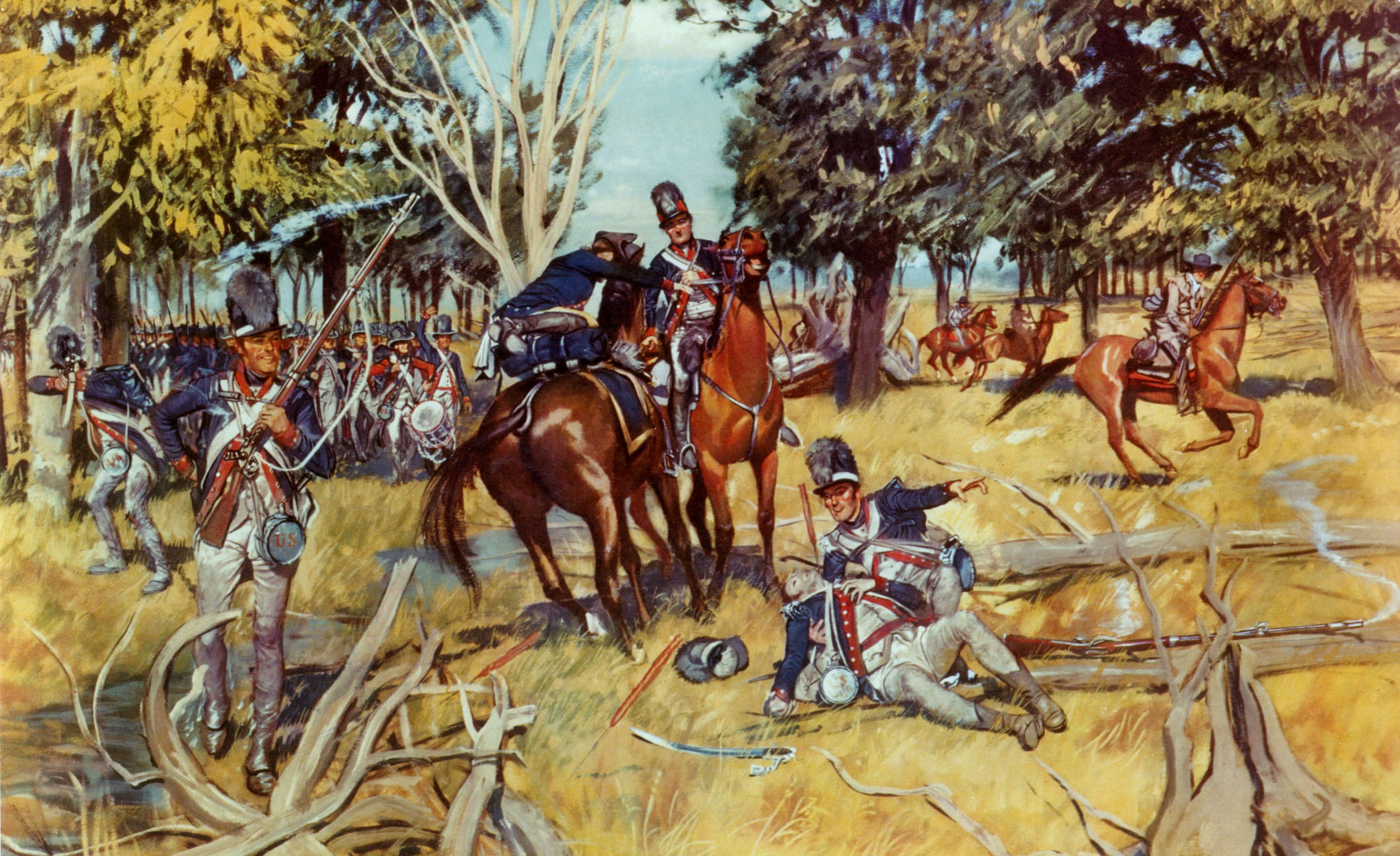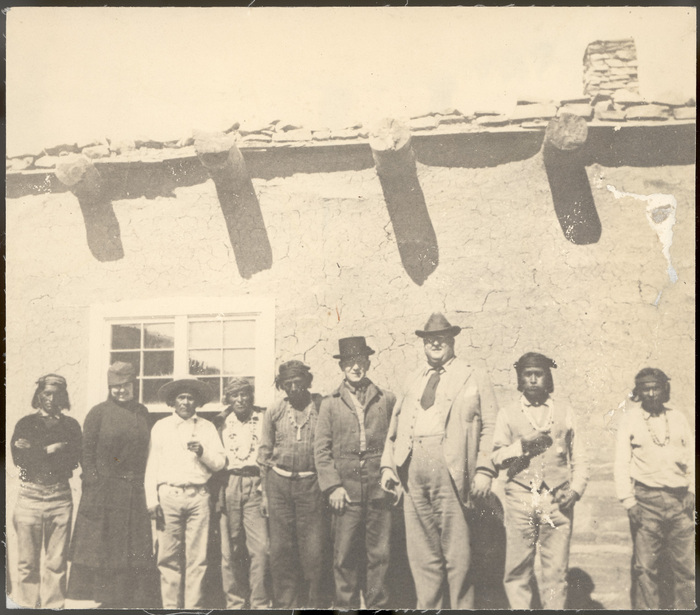|
Sewickley, Pennsylvania
Sewickley is a borough in Allegheny County, Pennsylvania, United States, west northwest of Pittsburgh along the Ohio River. It is a residential suburb of the Pittsburgh metropolitan area. The population was 3,907 at the 2020 census. The Sewickley Bridge crosses the Ohio River from Sewickley to Moon Township. Etymology Historian Charles A. Hanna suggested "Sewickley" came from Creek words for "raccoon" (sawi) and "town" (ukli). According to Hanna, the Asswikale branch of the Shawnee probably borrowed their name from the neighboring Sawokli Muscogee before the former's migration from present-day South Carolina to Pennsylvania. Contemporary accounts from noted anthropologist Frederick Webb Hodge and the Sewickley Presbyterian Church, as well as the current Sewickley Valley Historical Society concur to varying degrees with Hanna's etymology. Some locals alternatively consider Sewickley to be a Native American word meaning "sweet water." History The valley surrounding the Big ... [...More Info...] [...Related Items...] OR: [Wikipedia] [Google] [Baidu] |
Borough (Pennsylvania)
In the Commonwealth (U.S. state), United States Commonwealth of Pennsylvania, a borough (sometimes spelled boro) is a self-governing Municipality, municipal entity, equivalent to a town in most jurisdictions, usually smaller than a city, but with a similar population density in its residential areas. Sometimes thought of as "junior cities", boroughs generally have fewer powers and responsibilities than full-fledged cities. Description All municipalities in Pennsylvania are classified as either Local government in Pennsylvania#City, cities, boroughs, or township (Pennsylvania), townships. The only exception is the town of Bloomsburg, Pennsylvania, Bloomsburg, recognized by the state government as the only incorporated town in Pennsylvania. Boroughs tend to have more developed business districts and concentrations of public and commercial office buildings, including courthouses. Boroughs are larger, less spacious, and more developed than the relatively rural townships, which oft ... [...More Info...] [...Related Items...] OR: [Wikipedia] [Google] [Baidu] |
Hitchiti
Hitchiti ( ) was a tribal town in what is now the Southeast United States. It was one of several towns whose people spoke the Hitchiti language. It was first known as part of the Apalachicola Province, an association of tribal towns along the Chattahoochee River. Shortly after 1690, the towns of Apalachicola Province moved to the central part of present-day Georgia, with Hitchiti joining most of those towns along Ochese Creek (now named the Ocmulgee River). In 1715, most of the towns on Ochese Creek, including Hitchiti, moved back to the Chattahoochee River, where the town remained until its people were forced to move to Indian Territory as part of the Trail of Tears. Name The Spanish recorded the name of the town as "Achito", "Ahachito", "Euchitto", and, possibly, "Ayfitichi", while it was known to the English as "Echete", "Echeetes", and "Hitchiti". According to Gatschet and Swanton, "Hitchiti" was derived from ''Atcik-ha′ta'' or ''Ahi′tcita''. Hitchiti was only one of ... [...More Info...] [...Related Items...] OR: [Wikipedia] [Google] [Baidu] |
Ferry
A ferry is a boat or ship that transports passengers, and occasionally vehicles and cargo, across a body of water. A small passenger ferry with multiple stops, like those in Venice, Italy, is sometimes referred to as a water taxi or water bus. Ferries form a part of the public transport systems of many waterside cities and islands, allowing direct transit between points at a capital cost much lower than bridges or tunnels. Ship connections of much larger distances (such as over long distances in water bodies like the Baltic Sea) may also be called ferry services, and many carry vehicles. History The profession of the ferryman is embodied in Greek mythology in Charon, the boatman who transported souls across the River Styx to the Underworld. Speculation that a pair of oxen propelled a ship having a water wheel can be found in 4th century Roman literature "''Anonymus De Rebus Bellicis''". Though impractical, there is no reason why it could not work and such a ferry, mod ... [...More Info...] [...Related Items...] OR: [Wikipedia] [Google] [Baidu] |
Pittsburgh, Fort Wayne And Chicago Railway
The Pittsburgh, Fort Wayne and Chicago Railway was a major part of the Pennsylvania Railroad system, extending the PRR west from Pittsburgh, Pennsylvania, via Fort Wayne, Indiana, to Chicago, Illinois. It included the current Norfolk Southern-owned Fort Wayne Line east of Crestline, Ohio, to Pittsburgh, and the Fort Wayne Secondary, owned by CSX, from Crestline west to Tolleston in Gary, Indiana. CSX leased its entire portion in 2004 to the Chicago, Fort Wayne and Eastern Railroad (CFE). The remaining portion of the line from Tolleston into Chicago is now part of the Norfolk Southern's Chicago District, with a small portion of the original PFW&C trackage abandoned in favor of the parallel lines of former competitors which are now part of the modern NS system. History The Ohio and Pennsylvania Railroad was chartered in Ohio on February 24 and in Pennsylvania on April 11, 1848, to build from Allegheny City (annexed by Pittsburgh in 1907) west to Crestline, Ohio, on the Cleve ... [...More Info...] [...Related Items...] OR: [Wikipedia] [Google] [Baidu] |
Sewickley Academy
Sewickley Academy is a private, independent, coeducation, college-preparatory academy located in Sewickley, Pennsylvania in the United States. The Academy educates 594 students, from pre-kindergarten to twelfth grade. It is a member of the National Association of Independent Schools. History Founded in 1838 as a boys' school by William Nevin and John Champ, Sewickley Academy is the oldest independent school in western Pennsylvania. It was first located in a house owned by Squire John Way, a brick building still on Beaver Road in Sewickley. Boarding students came from several southern states, including Virginia and a few from as far south as New Orleans, Louisiana, arriving by steamboat and railway to study with local day students from the Pittsburgh area. During its early history, the school went through several iterations, moving four times around the Sewickley area and even briefly closing three times (once during the Civil War, when southern students returned home and sever ... [...More Info...] [...Related Items...] OR: [Wikipedia] [Google] [Baidu] |
Steamboats
A steamboat is a boat that is marine propulsion, propelled primarily by marine steam engine, steam power, typically driving propellers or Paddle steamer, paddlewheels. The term ''steamboat'' is used to refer to small steam-powered vessels working on lakes, rivers, and in short-sea shipping. The development of the steamboat led to the larger steamship, which is a seaworthy and often ocean-going ship. Steamboats sometimes use the ship prefix, prefix designation SS, S.S. or S/S (for 'Screw Steamer') or PS (for 'Paddle Steamer'); however, these designations are most often used for steamships. Background Limitations of the Newcomen steam engine The first steamboat designs used Newcomen atmospheric engine, Newcomen steam engines. These engines were large, heavy, and produced little power, which resulted in an unfavorable power-to-weight ratio. The heavy weight of the Newcomen engine required a structurally strong boat, and the reciprocating motion of the engine beam required a compli ... [...More Info...] [...Related Items...] OR: [Wikipedia] [Google] [Baidu] |
Keelboats
A keelboat is a riverine cargo-capable working boat, or a small- to mid-sized recreational sailing yacht. The boats in the first category have shallow structural keels, and are nearly flat-bottomed and often used leeboards if forced in open water, while modern recreational keelboats have prominent fixed fin keels, and considerable draft. The two terms may draw from cognate words with different final meaning. A keel boat, keelboat, or keel-boat is a type of usually long, narrow cigar-shaped riverboat, or unsheltered water barge which is sometimes also called a poleboat—that is built about a slight keel and is designed as a boat built for the navigation of rivers, shallow lakes, and sometimes canals that were commonly used in America including use in great numbers by settlers making their way west in the century-plus of wide-open western American frontiers. They were also used extensively for transporting cargo to market, and for exploration and trading expeditions, for w ... [...More Info...] [...Related Items...] OR: [Wikipedia] [Google] [Baidu] |
Flatboats
A flatboat (or broadhorn) was a rectangular flat-bottomed boat with square ends used to transport freight and passengers on inland waterways in the United States. The flatboat could be any size, but essentially it was a large, sturdy tub with a hull. A flatboat was almost always a one-way (downstream) vessel, and was usually dismantled for lumber when it reached its destination. Early History The flatboat trade first began in 1781, with Pennsylvania farmer Jacob Yoder building the first flatboat at Old Redstone Fort on the Monongahela River. Yoder's ancestors immigrated from Switzerland, where small barges called weidlings are still common today, having been used for hundreds of years to transport goods downriver. Yoder shipped flour down the Ohio River and Mississippi River to the port of New Orleans. Other flatboats would follow this model, using the current of the river to propel them to New Orleans where their final product could be shipped overseas. Through the ... [...More Info...] [...Related Items...] OR: [Wikipedia] [Google] [Baidu] |
Battle Of Fallen Timbers
The Battle of Fallen Timbers (20 August 1794) was the final battle of the Northwest Indian War, a struggle between Indigenous peoples of North America, Native American tribes affiliated with the Northwestern Confederacy and their Kingdom of Great Britain, British allies, against the nascent United States for control of the Northwest Territory. The battle took place amid trees toppled by a tornado near the Maumee River in northwestern Ohio at the site of the present-day city of Maumee, Ohio. Major General Anthony Wayne, "Mad Anthony" Wayne's Legion of the United States, supported by General Charles Scott (governor), Charles Scott's Kentucky Militia, were victorious against a combined Native American force of Shawnee under Blue Jacket, Ottawas under Egushawa, and many others. The battle was brief, lasting little more than one hour, but it scattered the confederated Native American forces. The U.S. victory ended major hostilities in the region. The following Treaty of Greenville a ... [...More Info...] [...Related Items...] OR: [Wikipedia] [Google] [Baidu] |
American Revolutionary War
The American Revolutionary War (April 19, 1775 – September 3, 1783), also known as the Revolutionary War or American War of Independence, was the armed conflict that comprised the final eight years of the broader American Revolution, in which American Patriot (American Revolution), Patriot forces organized as the Continental Army and commanded by George Washington defeated the British Army during the American Revolutionary War, British Army. The conflict was fought in North America, the Caribbean, and the Atlantic Ocean. The war's outcome seemed uncertain for most of the war. However, Washington and the Continental Army's decisive victory in the Siege of Yorktown in 1781 led King George III and the Kingdom of Great Britain to negotiate an end to the war in the Treaty of Paris (1783), Treaty of Paris two years later, in 1783, in which the British monarchy acknowledged the independence of the Thirteen Colonies, leading to the establishment of the United States as an independent and ... [...More Info...] [...Related Items...] OR: [Wikipedia] [Google] [Baidu] |
Frederick Webb Hodge
Frederick Webb Hodge (October 28, 1864 – September 28, 1956) was an American editor, anthropology, anthropologist, Archaeology, archaeologist, and historian. Born in England, he immigrated at the age of seven with his family to Washington, DC. He was educated at American schools, and graduated from Cambridge College (now George Washington University). He became very interested in Native American history and cultures, and worked for the Smithsonian Institution, Bureau of American Ethnology from 1905 to 1918. He collaborated with George Gustav Heye, who had been collecting Native American artifacts, and established the Heye Foundation to support archeological work. Heye founded the Museum of the American Indian in 1916 in New York, where Hodge later served as editor and assistant director. During his time at the Smithsonian, Hodge also conducted archeological expeditions and excavations at Nacoochee Mound in Georgia, and at Hawikuh, near Zuni Pueblo. Early years Frederick Webb ... [...More Info...] [...Related Items...] OR: [Wikipedia] [Google] [Baidu] |








